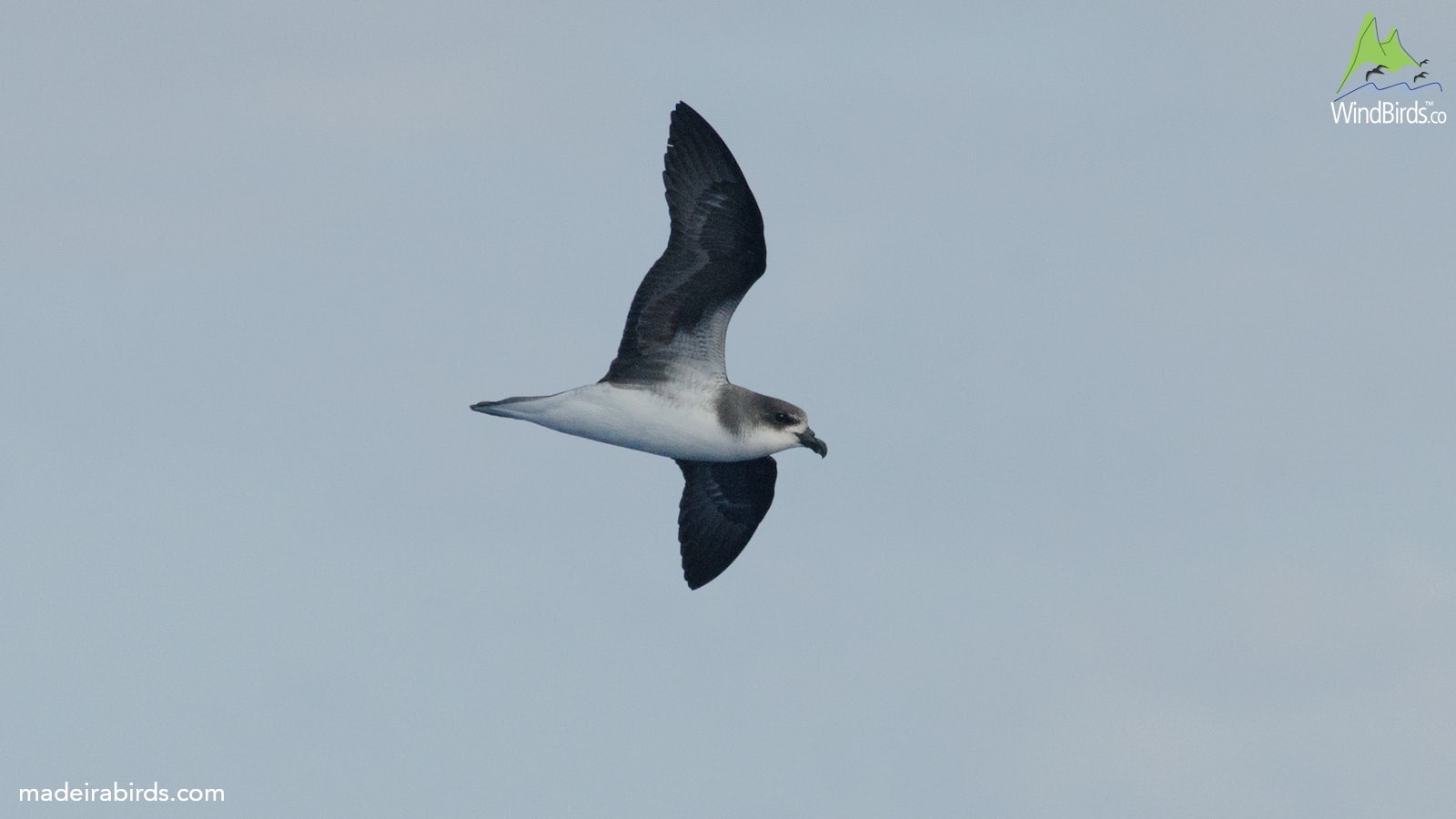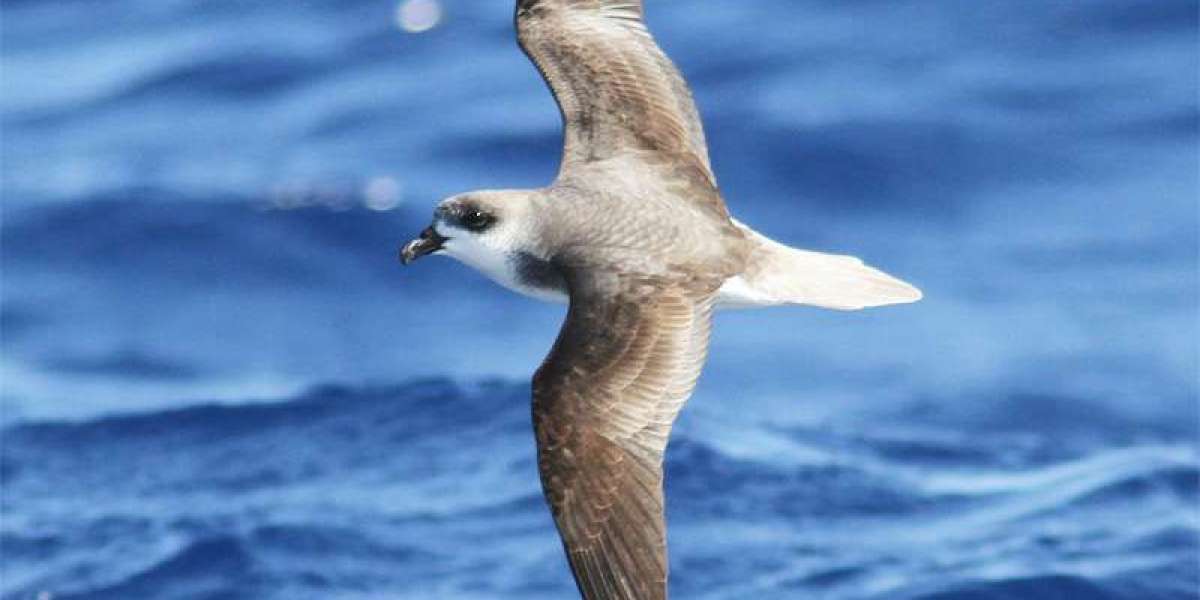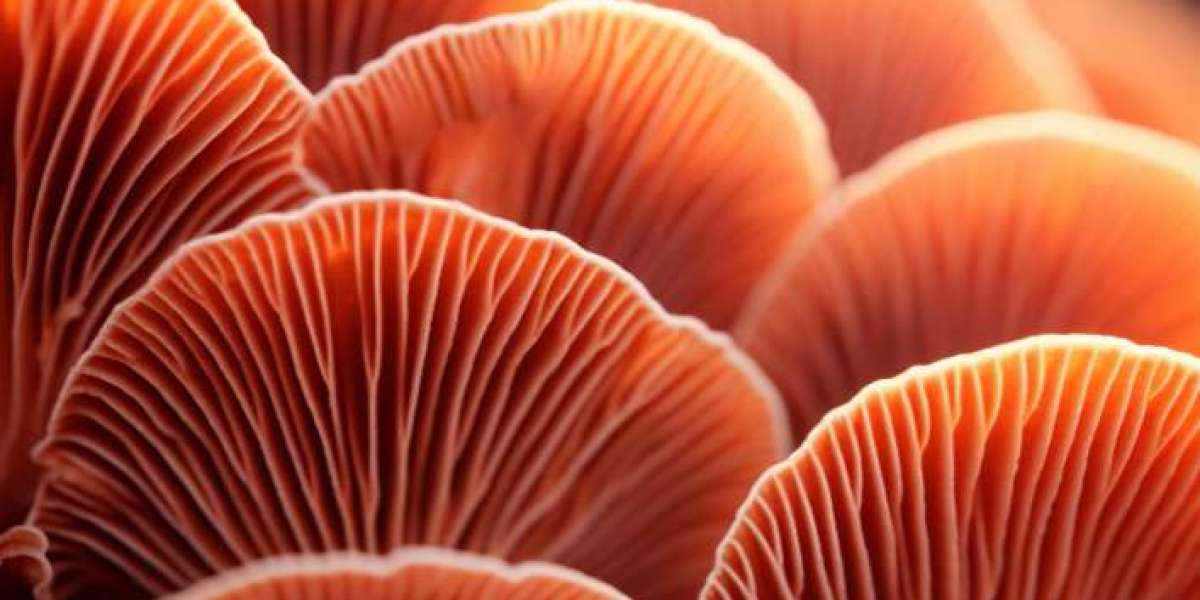article image source: observation.org (link)
High above the crashing waves of the North Atlantic, as most creatures flee from incoming storms, one small seabird does the unthinkable—it flies into the heart of the chaos.
advertisement
Meet the Desertas petrel: a rare, elusive bird that seems to thrive in the eye of the storm. While most animals hunker down or scatter when a hurricane brews, this feathered storm chaser sees opportunity. As fierce winds whip the sea into a frenzy, the Desertas petrel dives in, riding the tempest in search of food dragged up from the depths.
Desertas Petrel, Madeira Island, South Atlantic, 28th June 2019
Sensing a Storm Before It Hits
Even while safely tucked into its burrow on a rocky island far from land, the Desertas petrel can detect changes in the atmosphere that signal a tropical cyclone forming thousands of kilometers away. And it doesn't just brace for impact—it makes a plan.
While other seabirds might dodge storms by flying around them or staying grounded, the Desertas petrel heads straight toward the danger. Researchers have found that these birds fly into the outer bands of hurricanes, then surf along in the wake of the storm—an unpredictable, turbulent path most species would never risk.
But for the Desertas petrel, that wild ride can lead to an oceanic buffet.
“The Bird That Flies Straight Into Storms — Desertas Petrel” ?️⚡
How Hurricanes Feed the Ocean
Tropical storms are usually seen as disasters, and rightly so. They tear up coastlines, devastate communities, and wreak havoc on marine ecosystems. But from another perspective, hurricanes also stir the ocean’s layers like a giant spoon in a soup pot.
Warm surface water gets pushed downward, and cooler, nutrient-rich water rises from the deep. This upwelling triggers phytoplankton blooms—tiny plant-like organisms that feed microscopic animals, which in turn attract small fish, squid, and other prey from the ocean’s “twilight zone.” It’s a rare moment when deep-sea creatures come close enough to the surface for seabirds to grab.
The Desertas petrel takes full advantage of this moment. By positioning itself just behind the storm, it feasts on squid, lanternfish, and other delicacies rarely accessible at such shallow depths.
A Bird Built for the Wind
The Desertas petrel isn’t just brave—it’s built for this kind of flying. With long, narrow wings designed for gliding, it uses a technique called “dynamic soaring” to travel long distances with minimal effort. By weaving between air currents, it harnesses the wind itself to stay aloft for thousands of kilometers.
During the North Atlantic hurricane season, these birds make astonishing journeys—sometimes flying over 12,000 kilometers on a single foraging trip from their breeding grounds in the Madeira archipelago to the waters off New England and back again.
Scientists tracked 33 of these birds over four breeding seasons and discovered a pattern: they weren’t randomly crossing paths with storms—they were seeking them out. Even when a hurricane was hundreds of kilometers away, the birds chose flight paths that took them closer to the storm’s center.
“They put themselves in exactly the right place at the right time to be run over by a hurricane,” said biologist Francesco Ventura, who led much of the research.

image source: madeirabirds.com
The Edge Between Strategy and Survival
It’s a high-risk, high-reward strategy. While the Desertas petrel thrives on hurricane leftovers, not all seabirds are so lucky. Strong winds can throw less-adapted species off course, cut them off from feeding areas, and even lead to mass die-offs. In one particularly stormy winter, tens of thousands of seabirds were found dead along the European coast—many simply starved.
But the Desertas petrel is an exception. It's a master of timing, energy efficiency, and weather-reading. It appears to know the Atlantic winds like a seasoned sailor, adjusting its route in sync with nature’s most powerful forces.
Even now, as storms like Hurricane Imelda or Humberto churn far out at sea, there may be Desertas petrels gliding silently through their wake—small, elegant survivors tapping into the storm’s chaos for sustenance.
More Than Just Instinct
These birds aren’t just reacting—they seem to anticipate storm systems, altering their routes based on subtle changes in ocean temperature and wind patterns. Some scientists suggest they may even respond to the wider atmospheric cues that predict a particularly active hurricane season, similar to how other species like the Veery thrush change breeding behavior months before migration if severe storms are on the horizon.
How these animals detect such long-range environmental shifts is still a mystery. But their behavior reminds us that while we see hurricanes as purely destructive, in the natural world, even the fiercest storms can offer unexpected gifts—and some creatures are uniquely equipped to claim them.
Conclusion:
The Desertas petrel is a rare example of life not just surviving in extreme conditions, but thriving because of them. In a world where climate patterns grow more volatile, understanding how wildlife interacts with major weather events isn’t just fascinating—it could be essential for predicting ecological shifts.
And so, the next time you hear of a hurricane brewing in the Atlantic, imagine a small seabird, wings outstretched, dancing on the wind, chasing the storm not out of fear—but for the feast that follows.
Thank you !








